Hana Ryori, or “flower cuisine,” is a beautiful and unique part of Japanese food culture that highlights the delicate charm of edible flowers. With its colorful presentation and seasonal ingredients, it offers a feast for both the eyes and the palate. Especially popular in places like Chikura, this style of cooking turns everyday meals into elegant, flower-filled experiences. If you’re curious about how flowers can become part of a delicious dish, keep reading to discover the world of Hana Ryori in Japan.
What is Hana ryori?
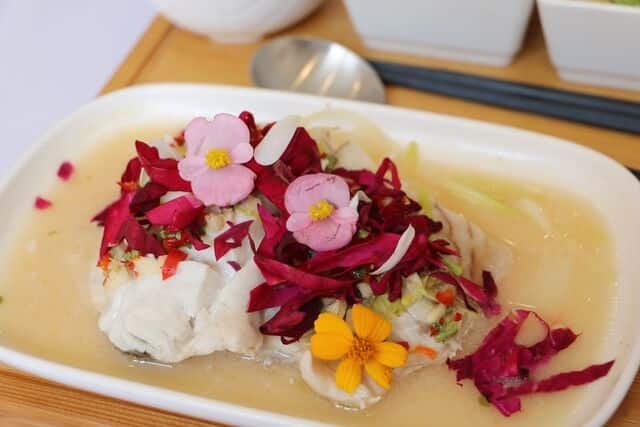
Hana Ryori (花料理), which translates to “flower cuisine,” is a style of Japanese cooking that emphasizes visual beauty and seasonal elegance. While not an official category of Japanese cuisine like kaiseki or washoku, it refers to dishes that locals artfully arranged to resemble the delicate charm of flowers. Flower cuisine (Hana Ryori) is a local specialty of Chikura Town in Chiba Prefecture, which is now part of Minamiboso City. The philosophy behind Hana Ryori is about traditional Japanese aesthetics, where they cherished the harmony of color, form, and seasonality. You may encounter this style of cuisine in high-end traditional restaurants, during tea ceremonies, or at special events such as weddings and seasonal festivals.
Hana ryori Common Ingredients

The edible flowers used in Chikura’s flower cuisine vary daily, but commonly include calendula, stock, snapdragon, rapeseed, and nasturtium. Dishes feature creative uses such as calendula and rapeseed tempura, which offers a crisp texture and mild, pleasant flavor. Fisherman’s hotpot and sashimi are accompanied by edible flowers like marigold and snapdragon, adding visual appeal and texture contrast. They also garnished even desserts like almond tofu with calendula. While edible flowers have no strong flavor, their beauty and texture make them popular in Japanese, Italian, and French cuisine, though they eat this rarely.
What kinds of flowers are eaten in Japan?
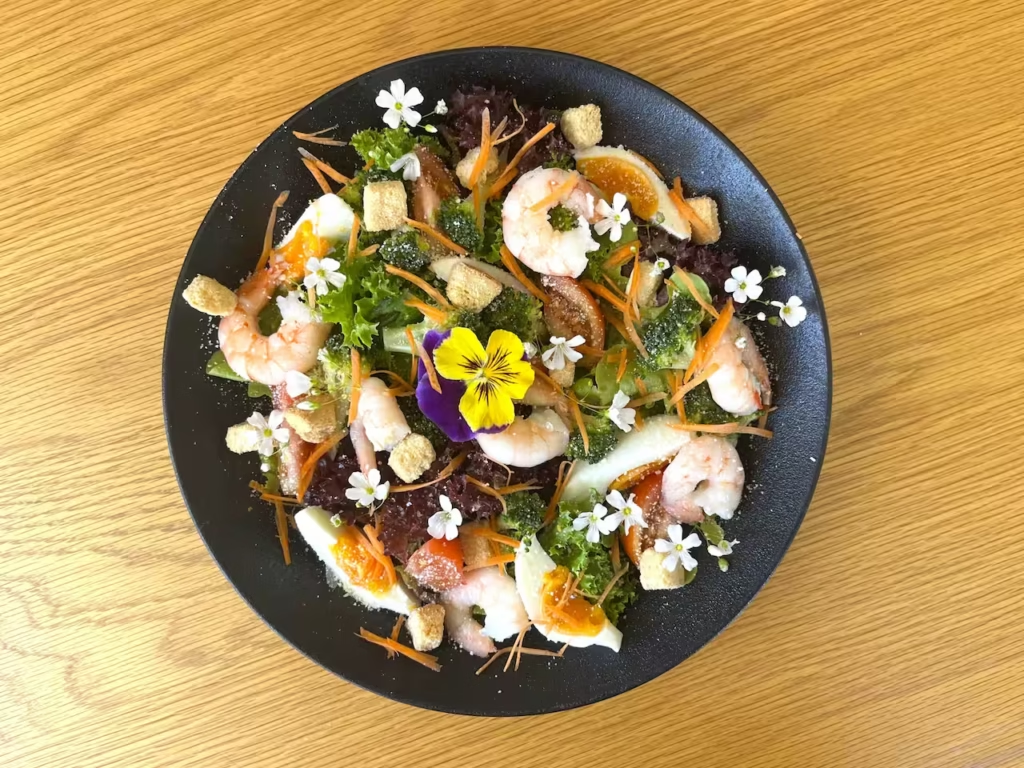
Sakura (cherry blossoms): The flowers and leaves are pickled in salt and used in Japanese sweets, tea, and cooking.
Chrysanthemum: Edible chrysanthemums are used in vinegar dishes, boiled greens, tempura, and more.
Rose: Petals are used for jam, candied sugar, and cake decorations.
Nasturtium: With a spicy kick, it’s used to add color to salads and dishes.
Dianthus: Sweet-flavored, it’s used to decorate Japanese sweets and dishes.
Pansy and Viola: Colorful and popular for decorating salads and desserts.
Carnation: Petals can be used in salads and desserts.
Marigold (Calendula): Brightly colored, used to add color to salads and dishes.
Saffron: The dried stigmas are used as a spice and coloring agent (such as in saffron rice).
Snapdragon: The petals have a slight bitterness and are used as decoration for dishes.
Besides these, many other flowers like alyssum, calendula, daisy, hibiscus, chamomile, and cornflower are also commonly used as edible flowers.
About Chikura Town, Chiba
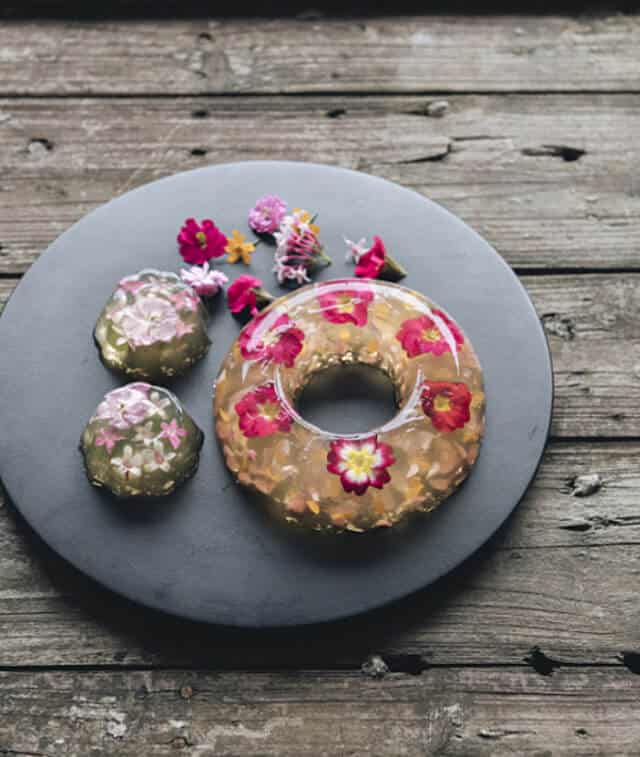
Chikura Town in Chiba Prefecture, now part of Minamiboso City, is recognized as one of Japan’s prominent “flower villages,” famous for its flourishing production of both cut flowers and pesticide-free edible flowers. From January to March, select lodgings and restaurants in the area offer limited-time flower-themed dishes featuring these edible blooms. The flowers are incorporated into a wide range of menu items, from appetizers to desserts, showcasing both their beauty and flavor. They served these colorful dishes at various hotels, inns, and sushi restaurants throughout the area.
Final Thoughts
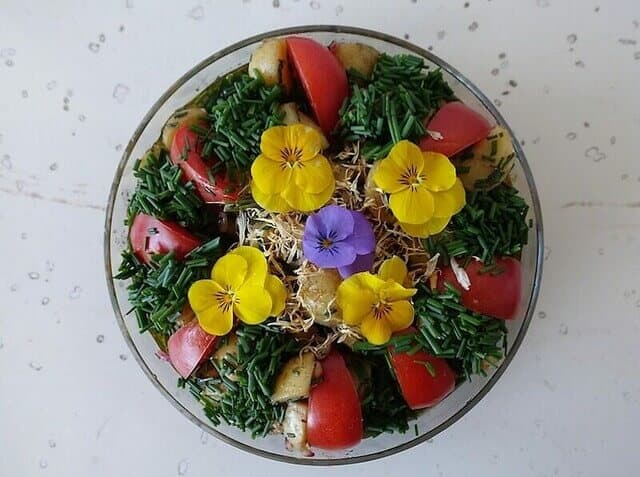
Hana Ryori is a celebration of nature, seasonality, and beauty on the plate. Whether it’s a colorful tempura or a delicately garnished dessert, each dish offers a memorable experience that reflects Japan’s deep appreciation for aesthetics and taste. If you have the chance to visit Japan, especially during the early spring season, don’t miss the opportunity to try Hana Ryori for yourself. It’s a one-of-a-kind culinary experience that’s as delightful to look at as it is to eat.
If you enjoyed learning about Hana Ryori, you might also want to explore other visually stunning and seasonal Japanese dishes like kaiseki cuisine or wagashi (traditional Japanese sweets), which also capture the beauty and essence of Japan’s rich food culture.

 1 month ago
22
1 month ago
22
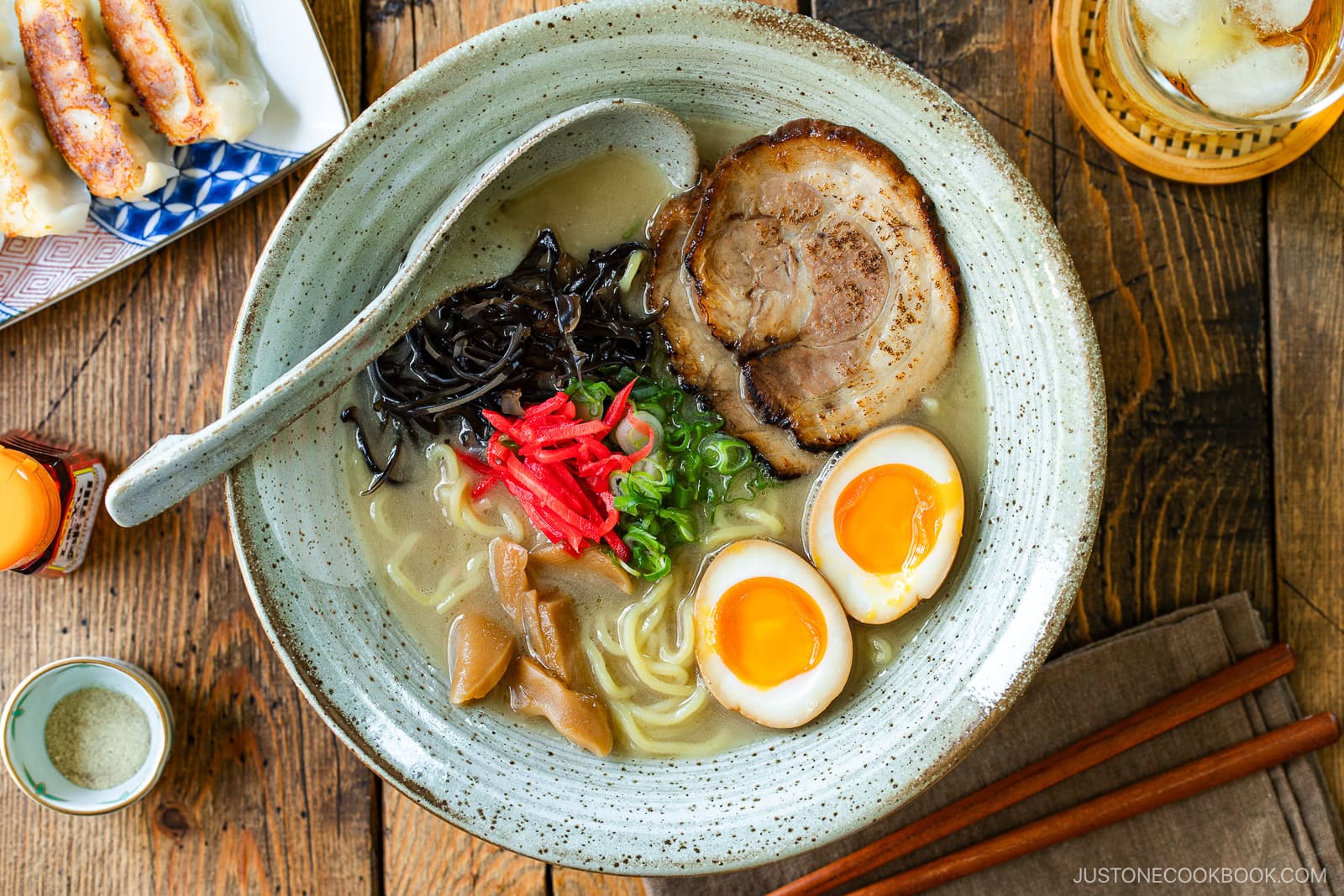

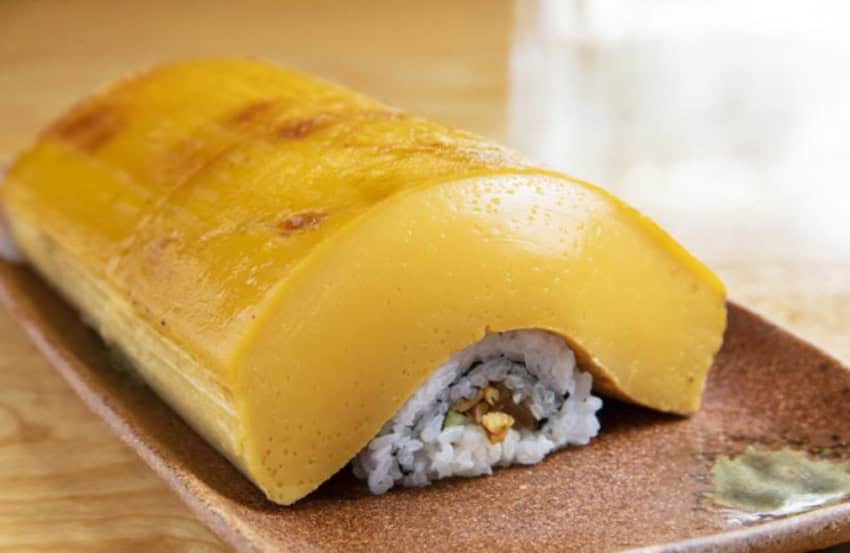
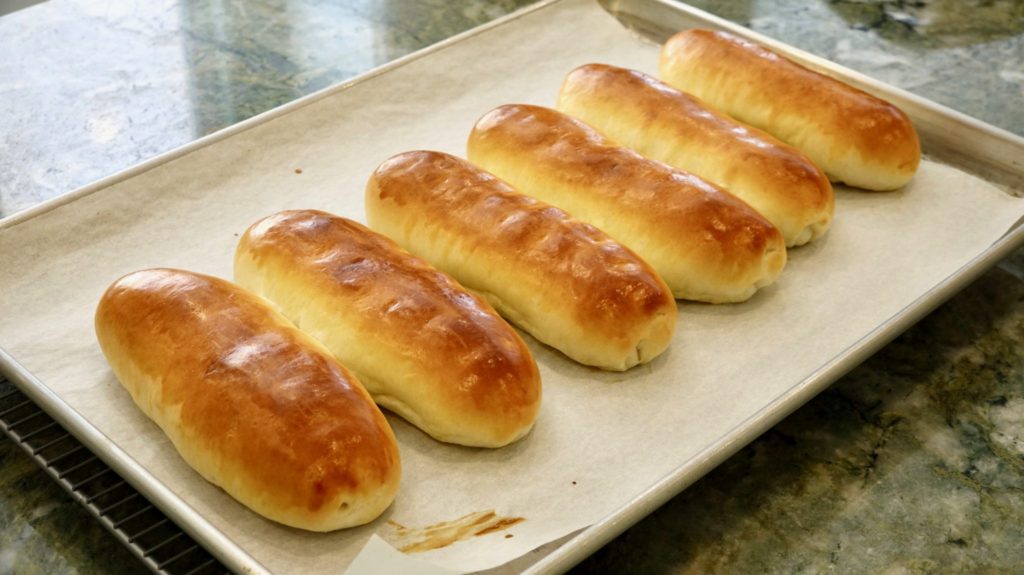


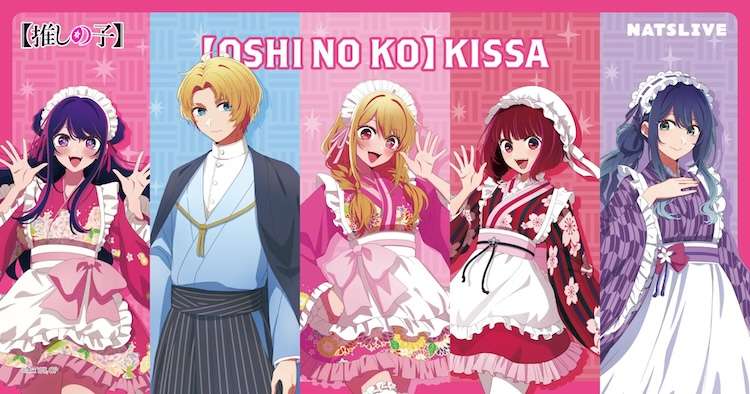
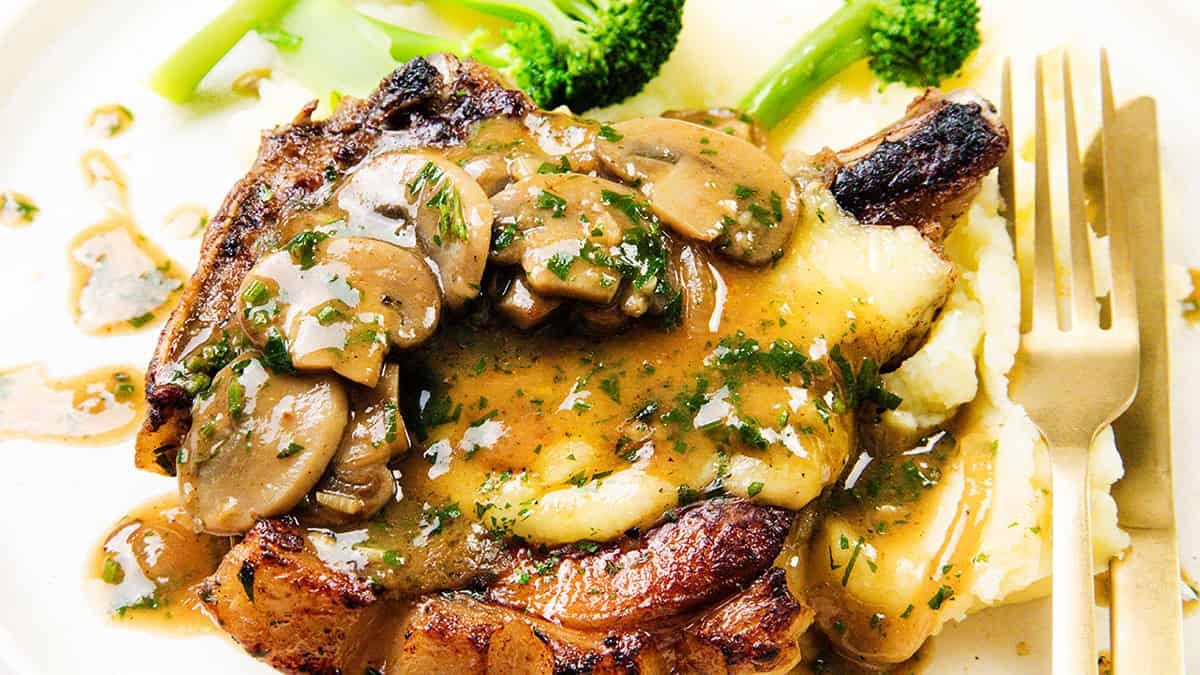


 English (US) ·
English (US) ·